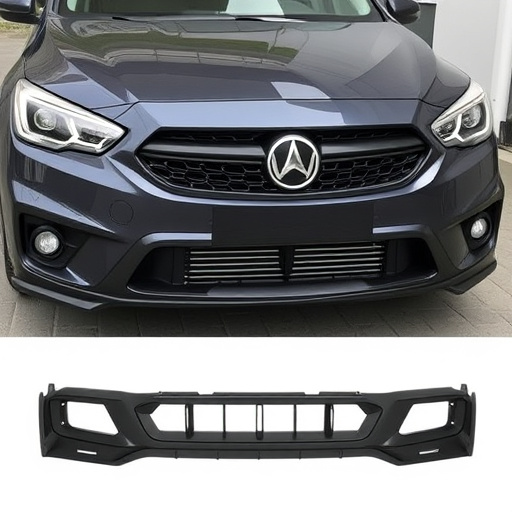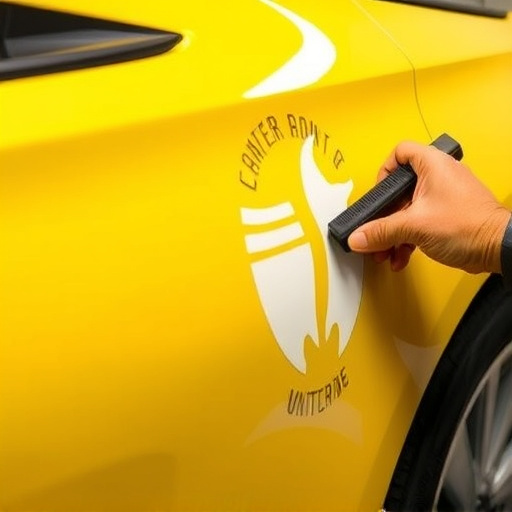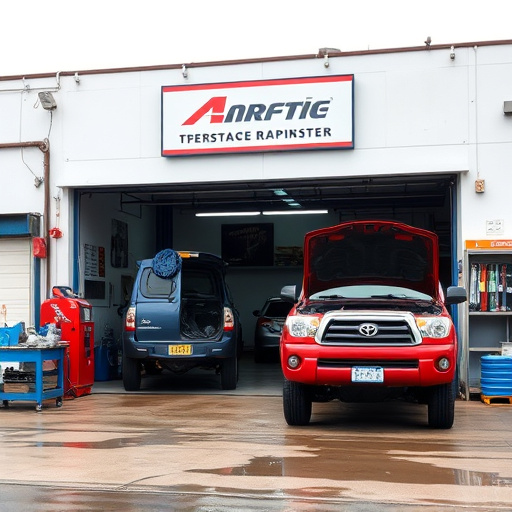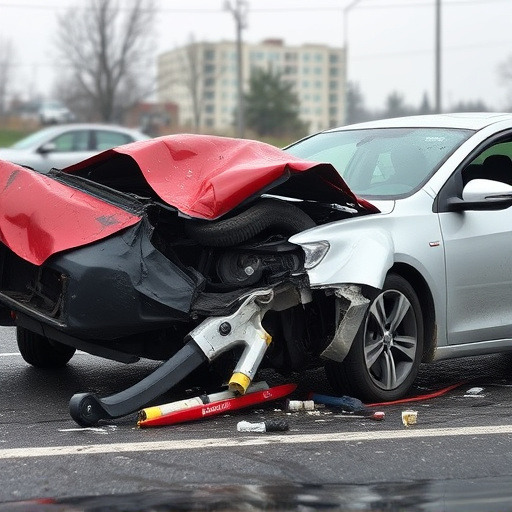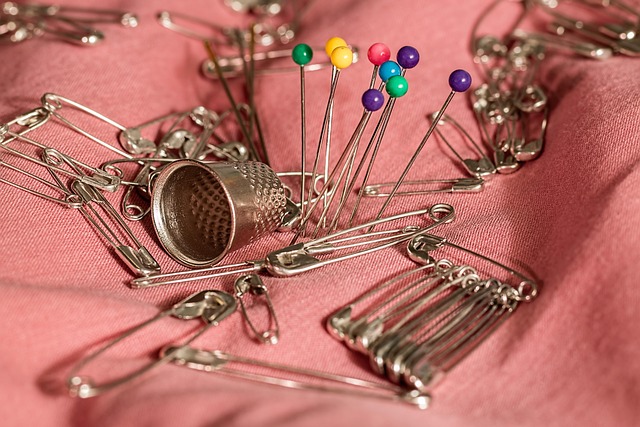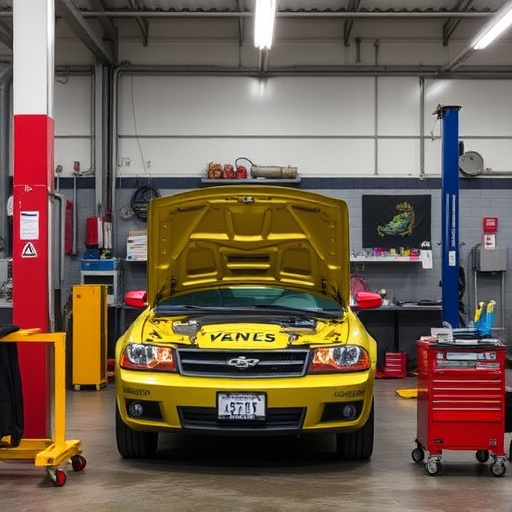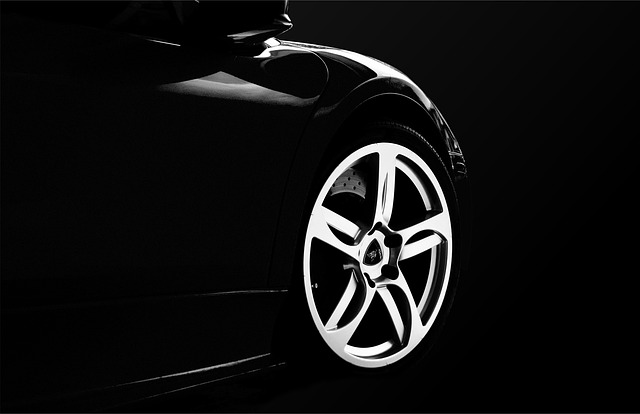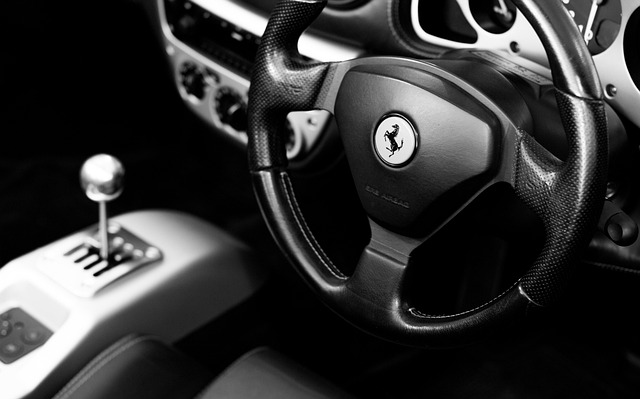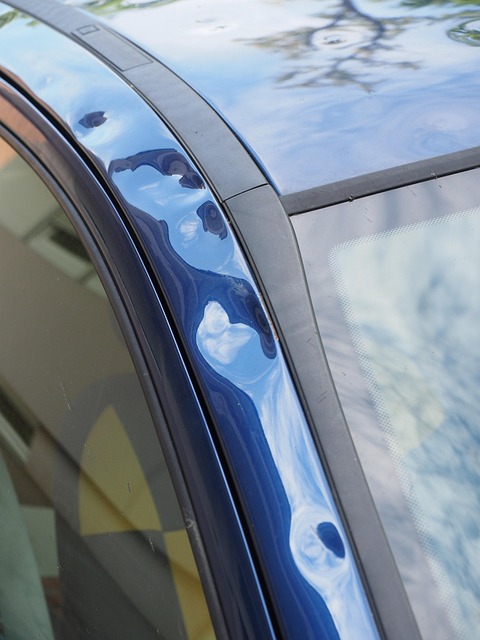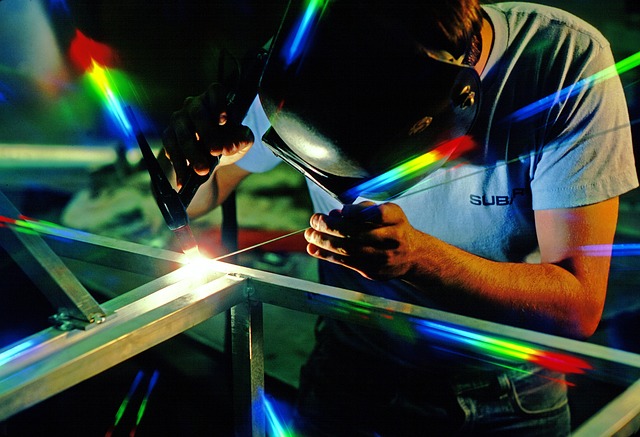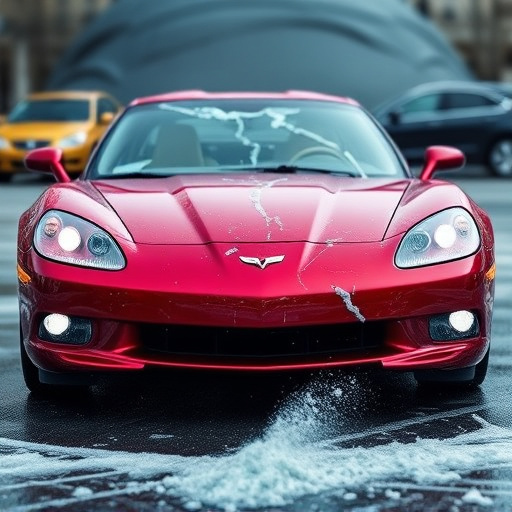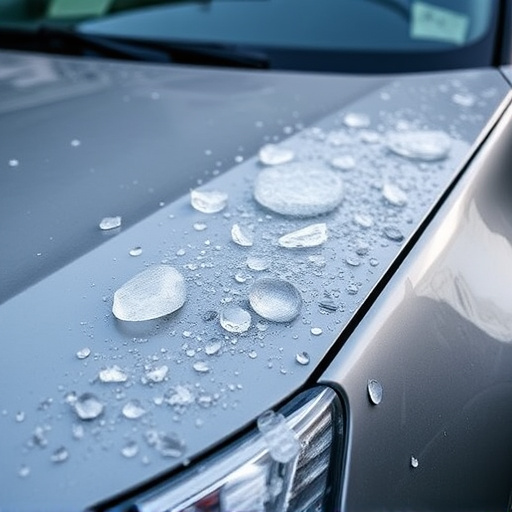The Tesla Measure System is an advanced automotive technology revolutionizing dent repair and high-precision bodywork, offering faster, more accurate services for luxury vehicles like Mercedes Benz through digital mapping of surface imperfections. However, it faces challenges with intricate vehicle curves, unique panel configurations, pre-existing damage, and requires expert validation of its measurements. Despite limitations, the system demonstrates promising accuracy, and combining automated measurements with human assessment is recommended to achieve precise and reliable damage evaluations using the Tesla Measure System.
Is Tesla’s measure system a game-changer or a work in progress? This article explores the current capabilities and limitations of Tesla’s innovative measuring technology, which promises to revolutionize how we perceive and interact with spaces. While it offers impressive features, from 3D mapping to precise dimensions, there are challenges to navigate. We’ll discuss why partial trust might be a reasonable approach at this stage, considering future prospects and ongoing developments in the realm of Tesla’s measure system.
- Unveiling Tesla's Measure System: Features and Promise
- Current Limitations and Challenges of the Tesla Measure System
- Future Prospects: Why Partial Trust Might Be Reasonable Now
Unveiling Tesla's Measure System: Features and Promise

Tesla’s Measure System represents a significant leap forward in automotive precision and efficiency. This innovative technology promises to revolutionize both car bodywork services and vehicle dent repair processes, offering a level of accuracy never before seen in the industry. At its core, the system utilizes advanced sensors and software algorithms to map and analyze a vehicle’s surface with unparalleled detail, providing a comprehensive digital twin that can be used for a variety of tasks.
One of the key promises of Tesla’s Measure System is its ability to streamline Mercedes Benz repair and other high-precision bodywork services. By accurately identifying and documenting even the subtlest imperfections, from minor dents to complex panel alignment issues, the system enables technicians to perform repairs with greater speed and accuracy. This not only enhances the overall quality of vehicle dent repair but also reduces the time and cost associated with traditional methods, making it a game-changer for both consumers and automotive professionals alike.
Current Limitations and Challenges of the Tesla Measure System

Despite its impressive capabilities, the Tesla Measure System, like any technology, has its current limitations and challenges. One significant hurdle is ensuring accurate measurements across various surfaces and materials, especially in the complex realm of auto bodywork. The system’s efficiency in automotive repair and auto body restoration processes can be inconsistent, as it struggles with intricate curves, unique panel configurations, and the diverse thicknesses found in modern vehicles.
Additionally, the Tesla Measure System may face challenges when dealing with pre-existing damage or alterations to the vehicle’s original structure. It requires a pristine surface for optimal performance, which can limit its usefulness during the auto body restoration process where repairs often involve rebuilding and reconstructing damaged areas. As such, while it offers valuable insights, technicians must remain critical of its output and use their expertise to validate and refine the measurements as needed.
Future Prospects: Why Partial Trust Might Be Reasonable Now

As technology advances, the Tesla measure system has shown promising capabilities in accurately assessing vehicle damage. However, it’s reasonable to maintain a degree of caution and partial trust in its current state. The future prospects for this system are bright, but there are still considerations to keep in mind.
Partial trust might be justified due to the ongoing refinements in AI and sensor technology. While the Tesla measure system has made significant strides in automating tasks like frame straightening and bumper repair, it’s not infallible. There are nuances and subtleties in auto body work that even the most advanced systems may struggle to interpret accurately. As such, a combination of automated measurements and expert human assessment could prove to be the best approach for ensuring precise and reliable results.
While the Tesla Measure System offers impressive capabilities, current limitations highlight the need for caution. As the technology matures and ongoing developments address identified challenges, partial trust in its measurements may be warranted. The future of accurate and reliable autonomous driving lies in continued innovation, and the Tesla Measure System is a significant step forward in this evolving landscape.

